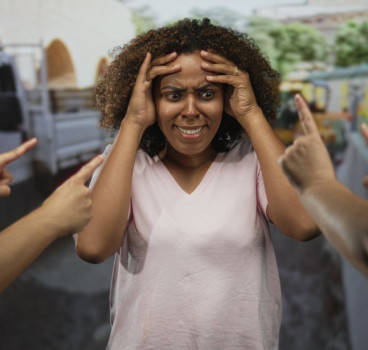Condensation in homes - at least 2% of properties at risk
Much has been written about damp and condensation in homes which can cause considerable damage and health issues. Industry reports suggest that almost seven million properties could be at risk in the UK affecting up to 16 million occupants. At the most optimistic level at least 2% of properties are affected by condensation.
Condensation and dampness also accounts for poor health, in particular asthma, with the UK recording more than 1,000 deaths from this disease in 2014, one of the highest instances in the world.
Condensation can eventually lead to damp and mould on walls, ceilings and behind furniture. Other factors causing damp comes from leaking pipes and roofs and from blocked gutters. Rising damp from the ground can also be a problem and is usually where a damp course is defective. This can be identified by a white tidemark on the walls.
It's a massive problem so let's get the facts. It is impossible to avoid some condensation in properties but you can minimise the risk by ensuring you have proper heating and most importantly of all - good ventilation.
It is estimated that four people living in a three bedroom property would create 112 pints of moisture a week from just breathing, cooking, showering and boiling the kettle. But if you constantly have to wipe condensation off your windows and have a dehumidifier running for lengthy periods of time then you need to consider installing better ventilation in every part of the property. (see link below)
In such cases you need to call in the experts for a home survey but there are a few things you can do in the meantime to ease the situation
The ideal temperature at home should range between 19-22 degrees Celsius in living rooms, kitchen and bathroom, and 16-20 degrees Celsius in bedrooms. Good insulation is also advised as it creates warmer walls and ceilings, and inhibits mould growth by preventing condensation from forming on them.
Airtight windows and buildings require more active ventilation. You can also ventilate your home without making draughts to reduce moisture. Try keeping a small window ajar when someone is in the room or if your windows have been recently renewed open the trickle ventilators provided.
Ventilate kitchens and bathrooms when in use by opening the windows wider, or better still, use a humidity-controlled electric fan if one is fitted. Close the kitchen and bathroom doors when these rooms are in use, even if your kitchen and bathroom has an extractor fan. This will help prevent moisture reaching other rooms, especially bedrooms, which are often colder and more likely to get condensation.
Do not block air-brick vents, ventilate cupboards and wardrobes and avoid putting too many things in cupboards and wardrobes as this stops the air circulating.
Do not block permanent ventilators or chimneys by ensuring that you leave a hole about two bricks in size and fit a louvered grille over it. Reducing draughts in rooms where there is condensation or mould is also a NO.
Householders are also recommended to keep washing, boiling kettles and any other items that form steam or moisture to be kept to a minimum, but if all efforts fail and mould begins to form then you will probably need a fungicidal wash to get rid of the problem.
As already discussed – the major factor is good ventilation. There are many products available on line to consider. Just click the link for an example.
Additional Blogs

Construction’s obsession with blame instead of learning
Construction is one of the most technically advanced industries in the built environment, yet culturally it often behaves like one of the least reflective. When things go wrong and they frequently...
Read moreHow risk Is routinely pushed down the supply chain
Risk is an unavoidable part of construction. Every project involves uncertainty around ground conditions, weather, design coordination, procurement, labour and programme. Yet while risk is inherent,...
Read more

What if Building Control went fully digital?
Building control governs structural integrity, fire protection, energy efficiency, accessibility and countless other aspects of design and construction. Historically, this process has been highly...
Read more